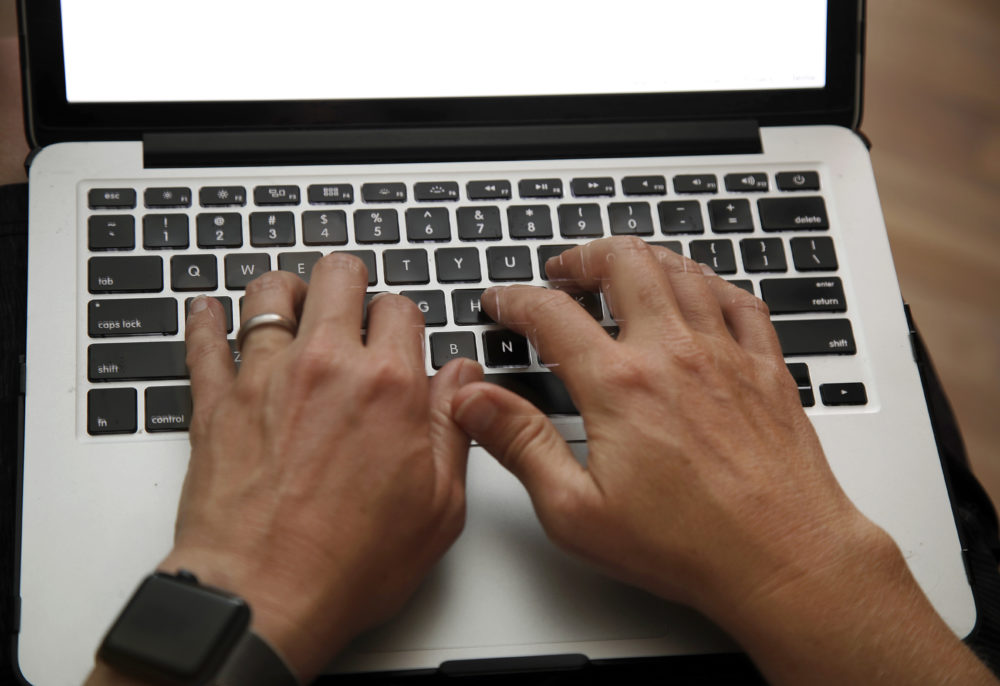Advertisement
How We Are Doing — And What We Are Learning — Working From Home

Millions of Americans are working from home now because of the coronavirus pandemic.
The change came about quickly without a lot of time to prepare or figure out best practices. For one, remote workers often underestimate the importance of face-to-face contact with colleagues, says Scott Mautz, a former Procter & Gamble executive who writes about business.
People might think hopping on the phone to communicate will suffice, but he says we need to try to replicate in-person human dynamics. Research shows 55% of communication comes from our body language and only 7% from the words we speak, he says.
Whether it’s a team meeting or one-on-one conversation, Mautz encourages people to avoid showing only their neck up on video calls so colleagues see more than “a floating head.”
“You should probably move back just a little bit so that the video feed doesn't frame just your face, it also frames your upper body so that people can get a sense for your body language,” he says. “Use video more than you ever thought you'd have to when working remotely.”
Workers are also treating communication like an activity instead of a strategy, he says. Mautz suggests strategizing how to maintain work relationships by communicating more frequently with honesty and clarity.
For managers, he suggests using objective instead of observation. Managers should make sure their teams have what they need to meet these objectives and the freedom to address the task in their own way.
With the lines between work and home now blurred, many new remote employees are saying they’re working harder than ever before now. To maintain a work-life balance from home, he recommends setting up your workstation away from where you eat, exercise or relax.
Even if your workstation is in the corner of your bedroom, he suggests treating it as an office and leaving at a certain time each day.
“Work-life just not only became integrated, it became indiscernible. You have to be able to draw boundaries not only with your boss but with your family,” he says. “Drawing physical, mental and actual boundaries with all those around you is absolutely critical to do so.”
Advertisement
Another part of the reason people are working harder is they feel grateful to have a job at a time where millions of Americans are facing unemployment. With this appreciation from employees and employers who are seeing how going remote can prevent job cuts in the future, he predicts a “bright future” for remote work.
Once the coronavirus crisis ends, Mautz thinks working from home will be “a new normal” — a conclusion recent data also indicates.
There’s still progress to make: Data from Gallup shows many workers feel leaders are not delivering things their employees need when working remotely during a crisis such as a clear plan of action, he says. A little more than half of employees say they feel equipped to do their job and less than half feel their employer is concerned for their well-being.
But these Gallup polls are showing major improvements from week to week, he says, and companies around the country are seeing the value in a remote workforce for the first time.
“I think we have the data to show that we're improving our capabilities working remotely and the attitude is changing,” he says. “I think there is no turning back now. You're going to see major changes moving forward.”
Julia Corcoran produced and edited this interview for broadcast with Tinku Ray. Allison Hagan adapted it for the web.
This segment aired on April 22, 2020.

